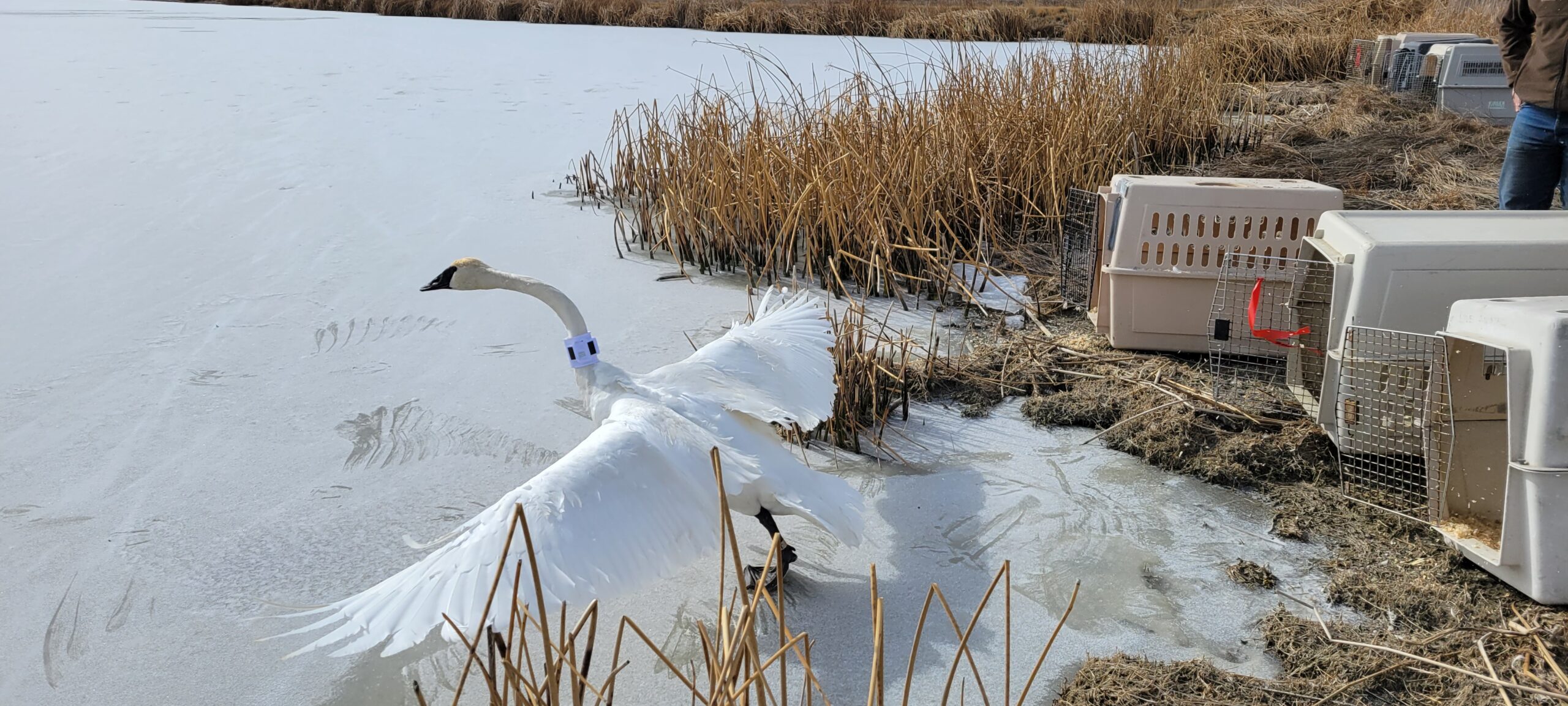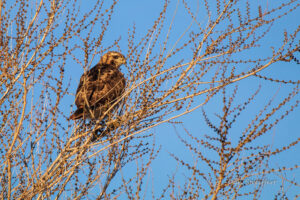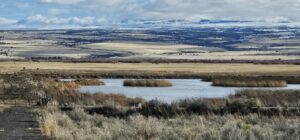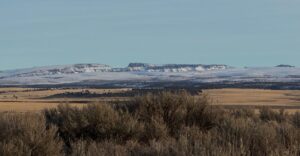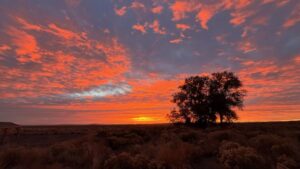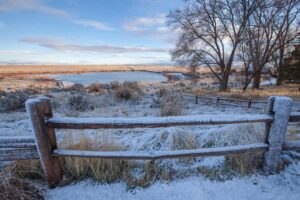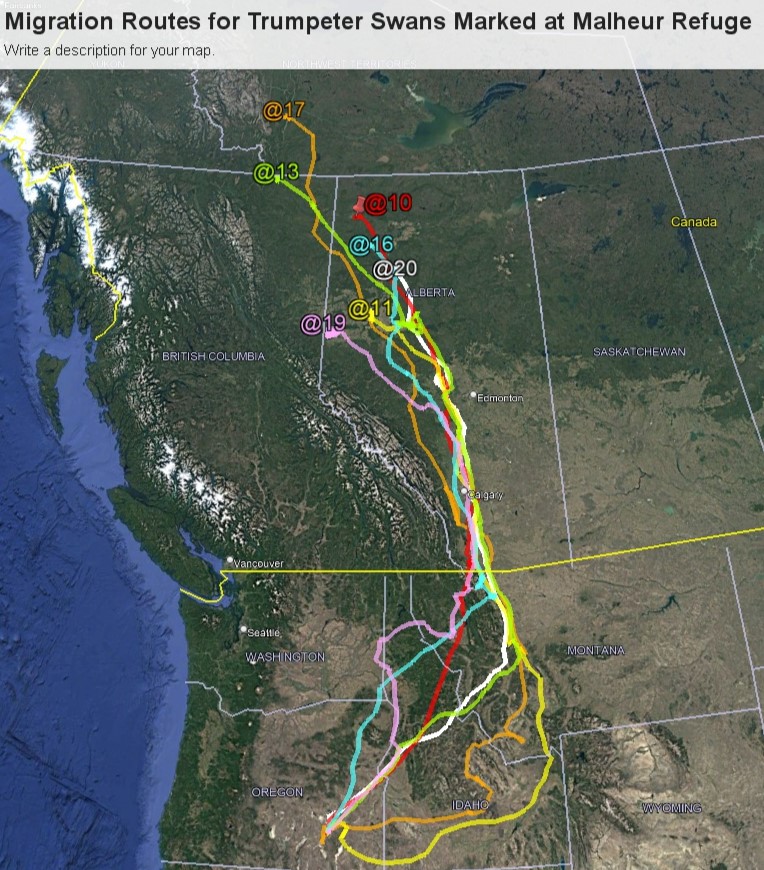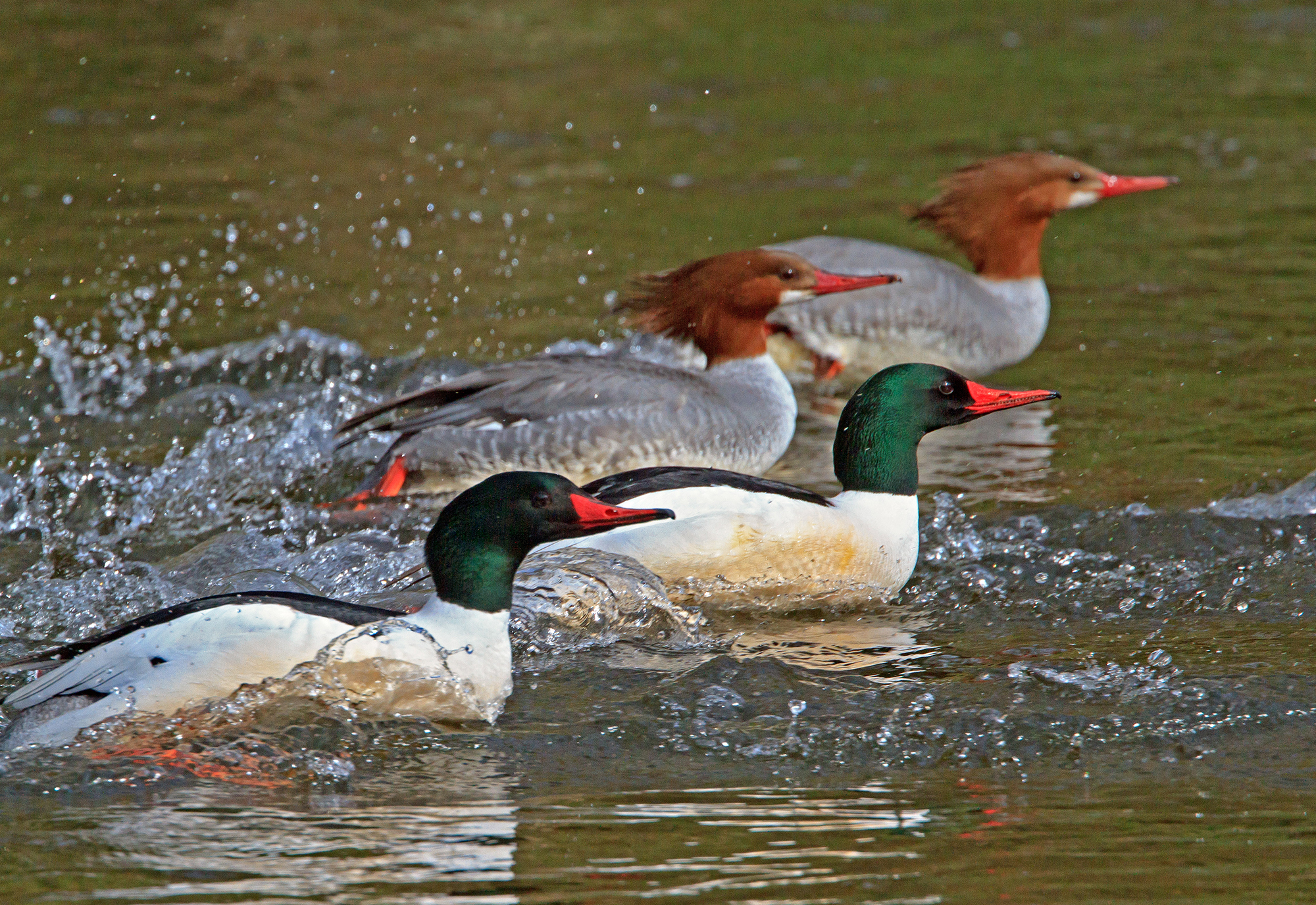Written by Gary Ivey/Photos by Gary Ivey and Mark Hedrick
Numbers of migrant Trumpeter Swans moving through eastern Oregon have increased dramatically over the last two decades, particularly at Malheur Refuge and Oregon Department of Fish and Wildlife’s (ODFW) Summer Lake Wildlife Area. We want to learn more about the origins of these trumpeters and to identify their breeding, stopover, and wintering sites. Friends of Malheur Refuge (FOMR) has partnered with The Trumpeter Swan Society (TTSS), ODFW, and Malheur Refuge to study the origins and migration paths of this once much rarer species. Last year, TTSS was approved for a grant from the Oregon Conservation Recreation Fund to support research on these migrant swans. The research involves marking them with solar powered Global Positioning System (GPS)/Global System for Mobile Communications (GSM) neck collars. These GPS-GSM collars log the marked swans’ locations using cellphone technology. TTSS has purchased 13 collars for this project to be placed on trumpeters using Malheur Refuge and Summer Lake. The cost of one of the collars was provided by The Friends of Malheur National Wildlife Refuge.
Catching flighted swans is no easy task. One of the best methods is to use bright spotlights to confuse them on a very dark night, a very dark night when the moon is waning, with heavy cloud cover, the darker the better, rain or snow really helps. Capture also involves a fast airboat that will allow access to shallow wetlands the swans are using. February 13 this month was such a night. I enlisted the help of Malheur staff to capture the swans on the Refuge’s half-frozen Benson Pond. Refuge law enforcement officer, John Megan, was our boat pilot and Refuge biologist Alexa Martinez, and P-Ranch substation manager, Zack McCoy skillfully netted the swans while I boxed them to hold them for marking. John was no stranger to nightlighting and skillfully maneuvered the boat over ice and through marsh shallows to chase the swans. We had 7 collars to deploy at Malheur. The temperature was so cold, about 15 degrees with 15-20 mph winds, and snowing. Capture took two hours. We caught and marked 7 adult trumpeters. It was pretty miserable for our crew. I was getting an ice cream headache.
Not so far away (~100 miles) the Summer Lake Wildlife Area crew were also catching swans that night. They marked 5 with GPS-GSM collars, plus 5 with conventional coded neck collars, leaving one GPS-GSM collar left to deploy.
So far, they have remained at Malheur and Summer Lake. The Malheur swans are using Benson Pond and Boca Lake. They should continue their migrations in the next few weeks, and we can begin to build our story about their travels. The collars should last at least a couple years, so we have only just begun. Stay tuned for monthly updates on their status in this newsletter.

